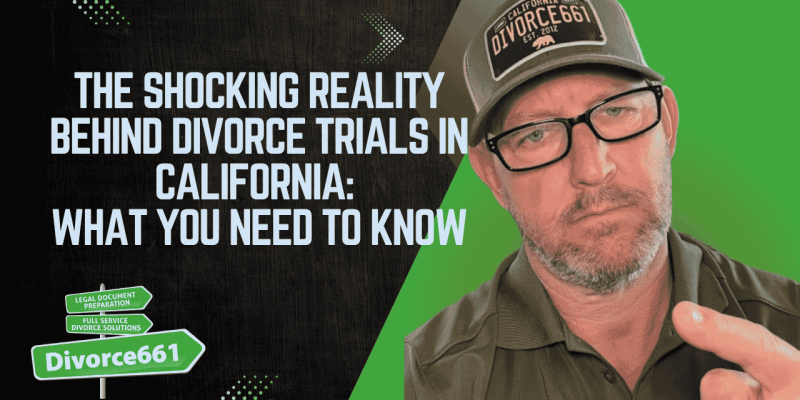Settling Your Divorce Is a Mistake: The Benefits of Going to Trial
Divorce is never easy, and deciding whether to settle or go to trial is one of the most critical choices you’ll face during the process. As someone who has guided many clients through divorce cases, I can tell you: settling isn’t always the best path. Sometimes, going to trial can lead to a better outcome, especially if you have strong grounds to win. This article explores why settling your divorce might be a mistake and the benefits of taking your case to trial, based on my experience handling divorces in Santa Clarita.
Why Settling Your Divorce Might Not Be the Best Option
Many couples view settlement as the simplest and fastest way to resolve divorce issues like property division, child custody, and support. While it often feels like the path of least resistance, settling can sometimes mean accepting less than what you deserve or need.
From my perspective, if I know a client has a strong case that could prevail in court, I don’t encourage them to settle prematurely. Why? Because settling might mean giving up the chance to get a fairer decision from a judge who will carefully consider all the facts and legal standards.
“For me, I don’t want my client to agree to a settlement if I know that they could probably win a trial.”
The Benefits of Going to Trial
Although trials can be more time-consuming and costly, they offer several advantages worth considering:
- Potential for a Better Outcome: Judges have the authority to make decisions that truly reflect the law and the specific circumstances of your case. If your case is strong, a judge may grant you more favorable terms than a negotiated settlement.
- Full Examination of Evidence: Trials allow for a thorough presentation of evidence and testimony. This can be crucial when complex financial matters or contested custody issues are involved.
- Legal Clarity: Going to trial can establish clear legal precedents for your situation, which can be helpful if disputes arise later.
- Empowerment: Knowing you fought for your rights in court can provide peace of mind and confidence in the final decision.
When Should You Consider Settling?
That said, settlement can be the right choice in certain situations. If both parties are cooperative, the issues are straightforward, or the cost and stress of a trial outweigh the benefits, settling might make sense. It really depends on your unique circumstances.
Ultimately, the decision to settle or go to trial should be made after carefully weighing the pros and cons, preferably with advice from an experienced divorce attorney who understands your case’s strengths and weaknesses.
Is Spending on an Attorney Worth It?
One common concern is the cost of hiring an attorney and pursuing a trial. It’s true that trials can be expensive, but if you have a strong case, the investment can pay off significantly in terms of financial support, property division, or custody arrangements.
Choosing to settle just to save money might lead to long-term disadvantages that cost you more emotionally and financially down the road. An attorney can help you understand whether your case is worth taking to trial and guide you through the process efficiently.
Conclusion
Deciding whether to settle your divorce or go to trial is a deeply personal and strategic choice. While settlement offers convenience, it may not always yield the best outcome. If you have a case that could win in court, pursuing a trial might be the smarter route to protect your interests.
Remember, the goal is to achieve a fair resolution, not just a quick one. Consult with a knowledgeable divorce attorney who can evaluate your situation and help you make the best decision based on your unique circumstances.
Divorce is challenging, but with the right approach, you can navigate it successfully and come out stronger on the other side.






